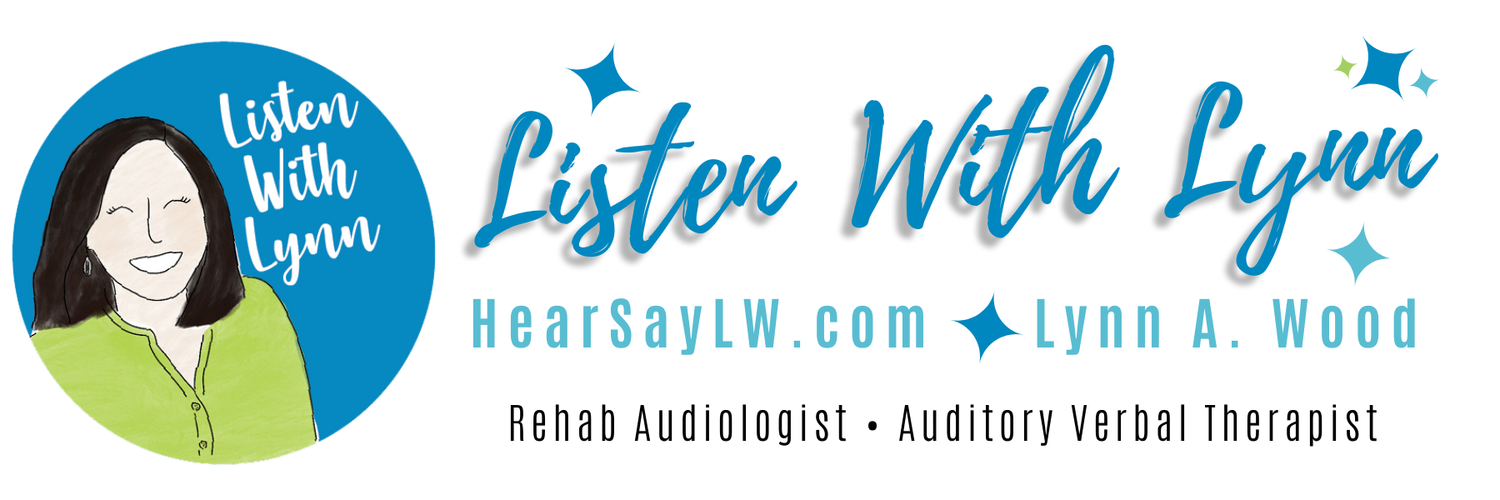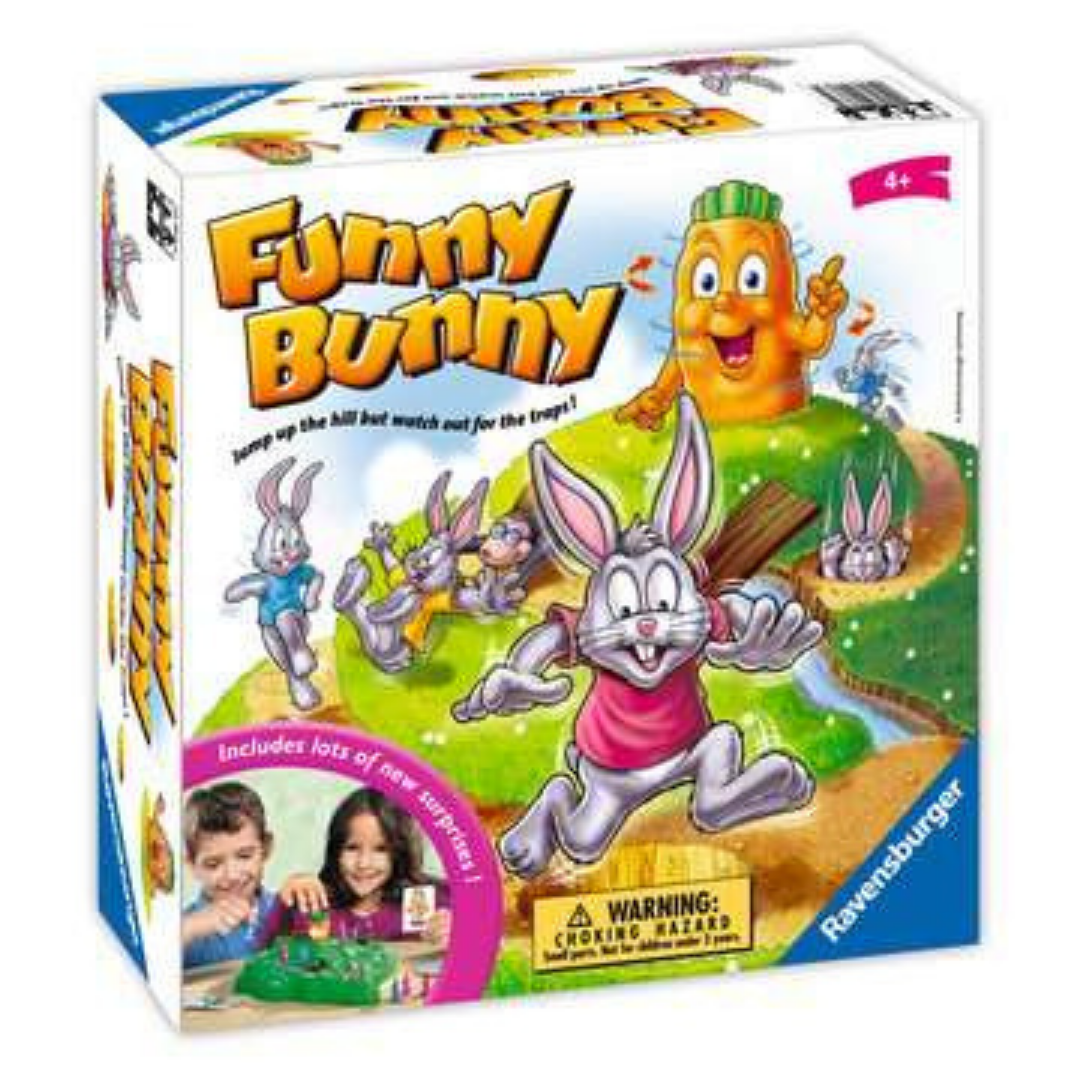If you know me it's safe to say I am not a fan of worksheets of contrived directions that ask the listener to draw a green circle around the blue box. UGH!
This is how we do it in my LSL auditory verbal sessions!
Real-life fun directions that to level up and down while playing together, learning spring vocabulary, listening to natural connected speech, and take turns giving the directions to create an Easter scene.

















